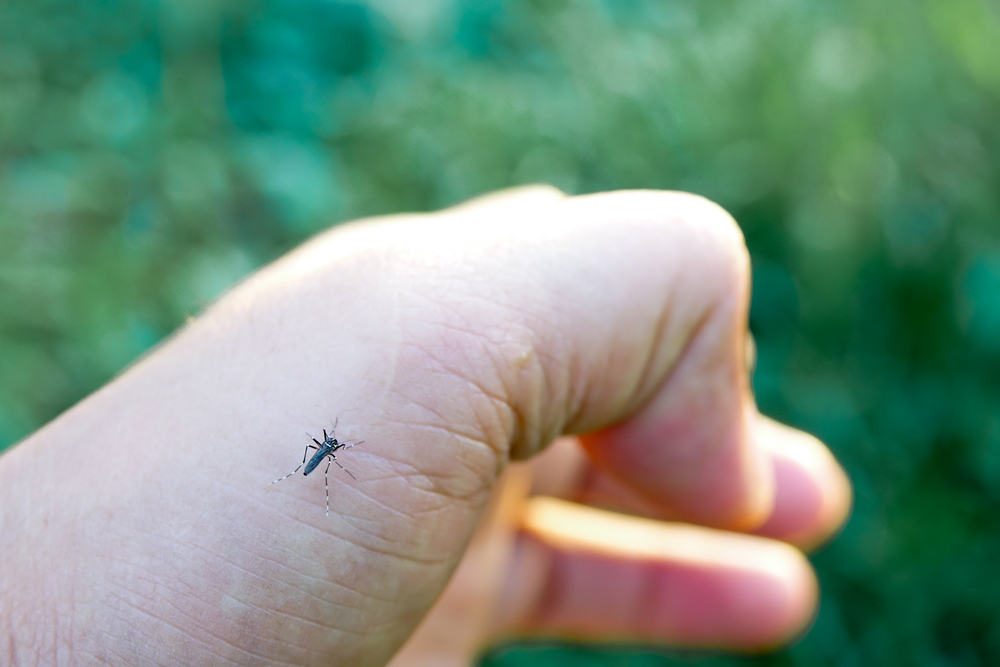Buzz Alert: West Nile Virus Surges in Wyoming - Health Officials Sound the Alarm

Wyoming Residents Warned: West Nile Virus Poses Serious Health Risk
Health officials are sounding the alarm about a significant surge in West Nile Virus (WNV) cases across Wyoming, urging residents to take proactive measures against mosquito bites. The Wyoming Department of Health (WDH) reports a concerning trend, with 11 confirmed cases as of September 4, 2025, including six severe infections and one tragic fatality.
The ongoing outbreak highlights the critical importance of mosquito prevention and personal protection. State health experts emphasize that the current WNV activity demands immediate attention and caution from residents statewide.
Residents are advised to:
• Use EPA-approved insect repellents
• Wear long-sleeved clothing during peak mosquito hours
• Eliminate standing water around their properties
• Install or repair window and door screens
The rising number of cases serves as a stark reminder that West Nile Virus remains a serious public health concern, requiring vigilance and proactive prevention strategies from all Wyoming residents.








